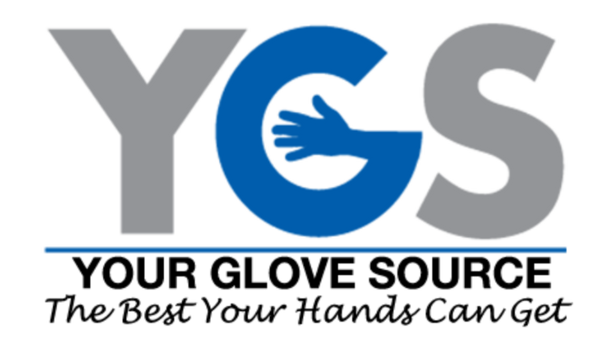- Find the Right Gloves
Not all gloves are created equal. You typically wouldn’t use disposable nitrile gloves while digging with a shovel, and you wouldn’t use heavy duty cut resistant work gloves while performing a dental procedure. In order to stay productive and efficient in your task, as well as minimize injury, it is vital to choose the correct glove for yourself and for the task at hand.
Within our Glove Knowledgebase, you can find many articles that will help you choose the right glove for your task.
When you are choosing a glove for your entire workforce, one good tip is to implement test periods for different gloves, and get input and feedback from your employees regarding, comfort, fit, and protection. Once the best glove for the task is chosen, it is important to make gloves readily available for employees so that they can continue to work protected.
2. Keep your Eyes on your Hands
This tip is relatively common sense, however, most injuries arise from carelessness and neglect in areas that should be second nature. When approaching a certain task, form a mental checklist in your mind of all the steps the task includes.
Make sure you have all the tools and equipment you need before starting. And quite simply, keep your eyes on your hands while working and do not allow yourself to get distracted. By sticking to this basic guideline, you’d be surprise how many hand injuries are avoided.
3. Make it Visible
Much in the same way drivers on the road react to the changing traffic light colors, workers too can be trained to react safely when certain colors and phrases are used. An easy way to do this is to paint certain high-risk tools and equipment a bright color, such as red or orange, so that it is attention catching and reminds workers to be attentive and safety-focused when working in that area. This color-coding can be solidified by implementing certain catch-phrases or slogans that employees use to remind each other to be aware and cautious.



